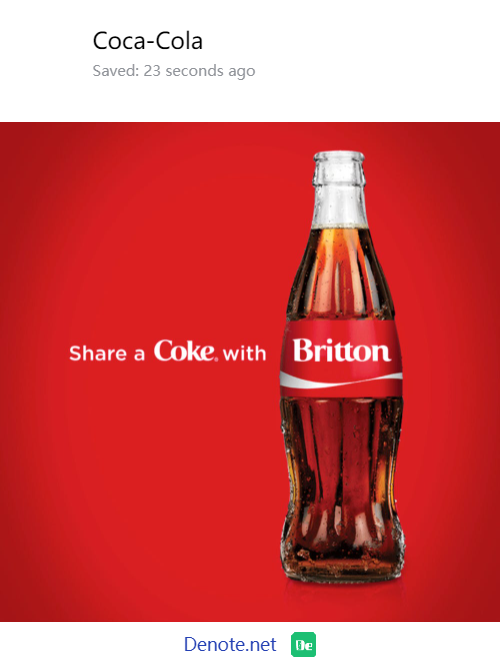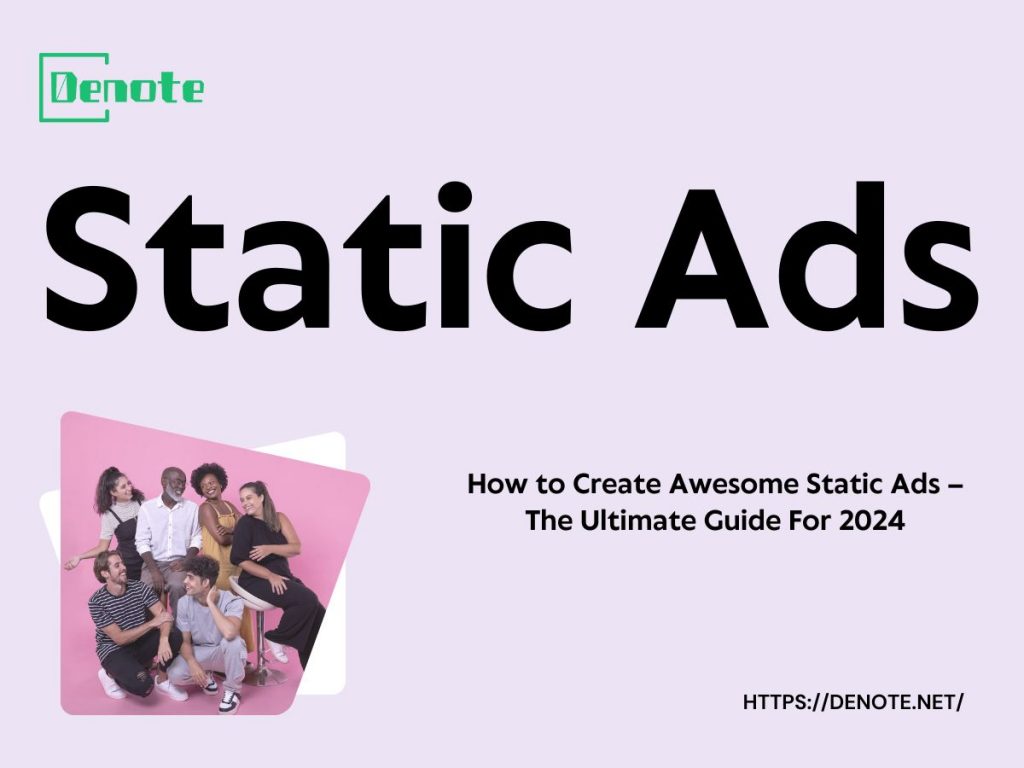What are Static Ads
Static ads are non-animated, static images used in digital advertising. Unlike dynamic ads or videos, static ads do not change or move; they remain constant on the screen. These ads typically include a combination of text, images, and sometimes a call-to-action, designed to capture the viewer's attention quickly and convey a specific message. Static ads can be found in various formats such as banners, sidebars, and social media posts.
Are Static Ads Still Effective
Despite the rise of more dynamic and interactive advertising formats, static ads remain effective in many contexts. Their simplicity and ease of production make them a cost-effective option for advertisers.
Moreover, static ads can be particularly effective in environments where quick, straightforward communication is needed. For instance, static ads on social media or search engines can efficiently deliver a concise message without overwhelming the viewer. Additionally, static ads are less intrusive, which can result in higher user engagement compared to more aggressive ad formats. Site:Denote
How to Use Static Ads
To effectively use static ads, it's important to focus on design and placement. Here are some tips:
- Clear and Concise Messaging: Ensure that your ad's message is clear and to the point. Use simple language and avoid clutter.
- Strong Visuals: Utilize high-quality images and compelling graphics that capture attention. The visual aspect should complement and enhance the ad’s message.
- Strategic Placement: Place static ads in locations where your target audience is most likely to see them. This could be on relevant websites, social media platforms, or within search engine results.
- Call to Action (CTA): Include a clear and enticing CTA to encourage user engagement. Whether it's to visit a website, sign up for a newsletter, or make a purchase, the CTA should be prominently displayed.
- Consistency: Maintain a consistent brand image across all static ads to build brand recognition and trust. Site:Denote
Types of Static Ads
Static ads come in various forms, each tailored to different platforms and marketing goals. Here are some common types of static ads:
- Banner Ads: These are typically placed at the top or bottom of web pages and can be found on various websites. Banner ads are rectangular in shape and are designed to attract attention without being too intrusive.
- Sidebar Ads: Found on the sides of web pages, these ads are smaller than banner ads but are equally effective in grabbing attention. Sidebar ads are often used for promoting related content or products.
- Social Media Ads: These static ads appear in users' social media feeds or sidebars on platforms like Facebook, Instagram, and LinkedIn. They are designed to blend seamlessly with the platform's content while still standing out.
- Display Ads: Found on websites within display ad networks, these ads can appear in various shapes and sizes. Display ads are targeted based on user behavior and interests, making them highly effective.
- Interstitial Ads: These full-screen static ads appear at natural transition points in mobile apps or between web pages. They capture the user's full attention due to their size and placement.
- Sponsored Content: Static ads that appear as part of the content on a website or social media platform. These ads are designed to look like native content, making them less intrusive and more engaging.
- Poster Ads: Typically used in digital out-of-home (DOOH) advertising, these static ads are displayed on digital billboards and screens in public spaces like malls, airports, and transit stations.
- Email Ads: Static ads embedded within email newsletters or promotional emails. These ads are designed to drive traffic to a website or landing page directly from the recipient's inbox.
8 of the Best Static Ads
1.Nike's Just Do It Campaign: A classic example of a powerful static ad. The simplicity of the "Just Do It" slogan combined with striking imagery creates a memorable and effective ad.
2.Apple's Think Different: This static ad series featured black-and-white images of iconic personalities with the tagline "Think Different," showcasing Apple's brand philosophy and innovation.

3. Coca-Cola's Share a Coke: This campaign featured static ads with bottles bearing common names, encouraging people to find and share a Coke with friends. The personalized touch made it highly engaging.

4.McDonald's I'm Lovin' It: McDonald's used static ads with vibrant images of their food items and the catchy slogan "I'm Lovin' It" to create a strong visual appeal and brand recognition.
5.Old Spice's Smell Like a Man: This campaign used humorous and eye-catching static ads to promote their body wash, featuring images of confident men and quirky taglines.
6.Google's Search On: Google utilized static ads showing simple search queries that led to life-changing results, emphasizing the power and impact of their search engine.
7.Spotify's 2018 Goals: Spotify created static ads that humorously highlighted user data and trends from the previous year, engaging users with relatable and entertaining content.

8.Adidas' Impossible Is Nothing: This campaign featured inspiring images of athletes overcoming challenges, paired with the motivational slogan "Impossible Is Nothing," reinforcing the brand's message of determination and success.

Conclusion
Static ads are non-animated images used in digital advertising to deliver clear, concise messages. They remain effective due to their simplicity, cost-efficiency, and ability to engage viewers without being intrusive. To maximize their impact, focus on strong visuals, strategic placement, and compelling calls to action. Despite the rise of dynamic ads, static ads remain versatile and effective across various formats such as banners, sidebars, social media posts, and email ads, as demonstrated by successful campaigns from brands like Nike, Apple, and Coca-Cola. Site:Denote
.jpg)
